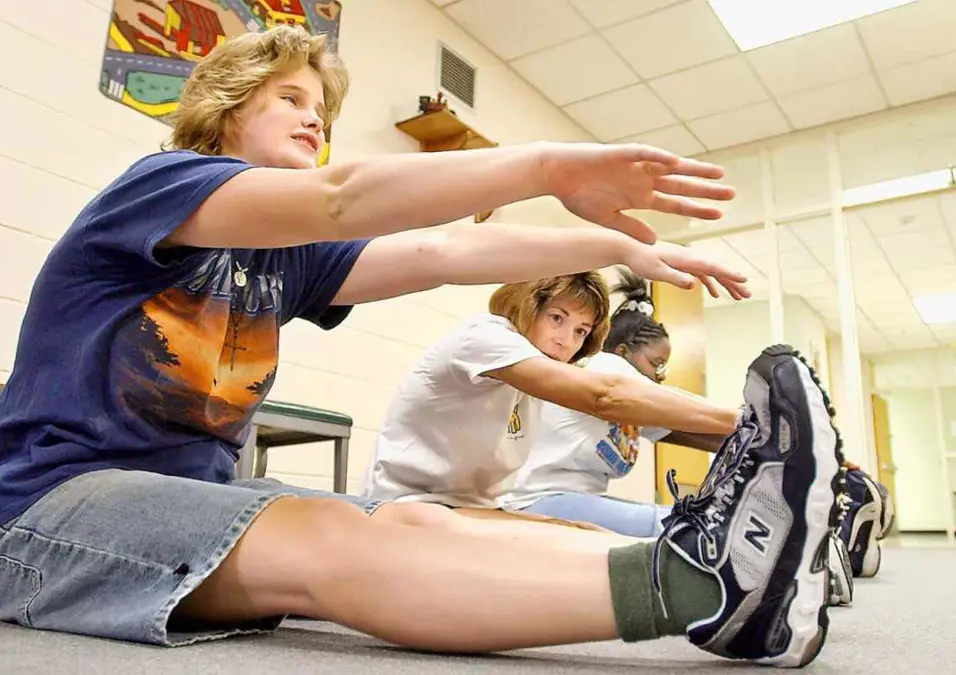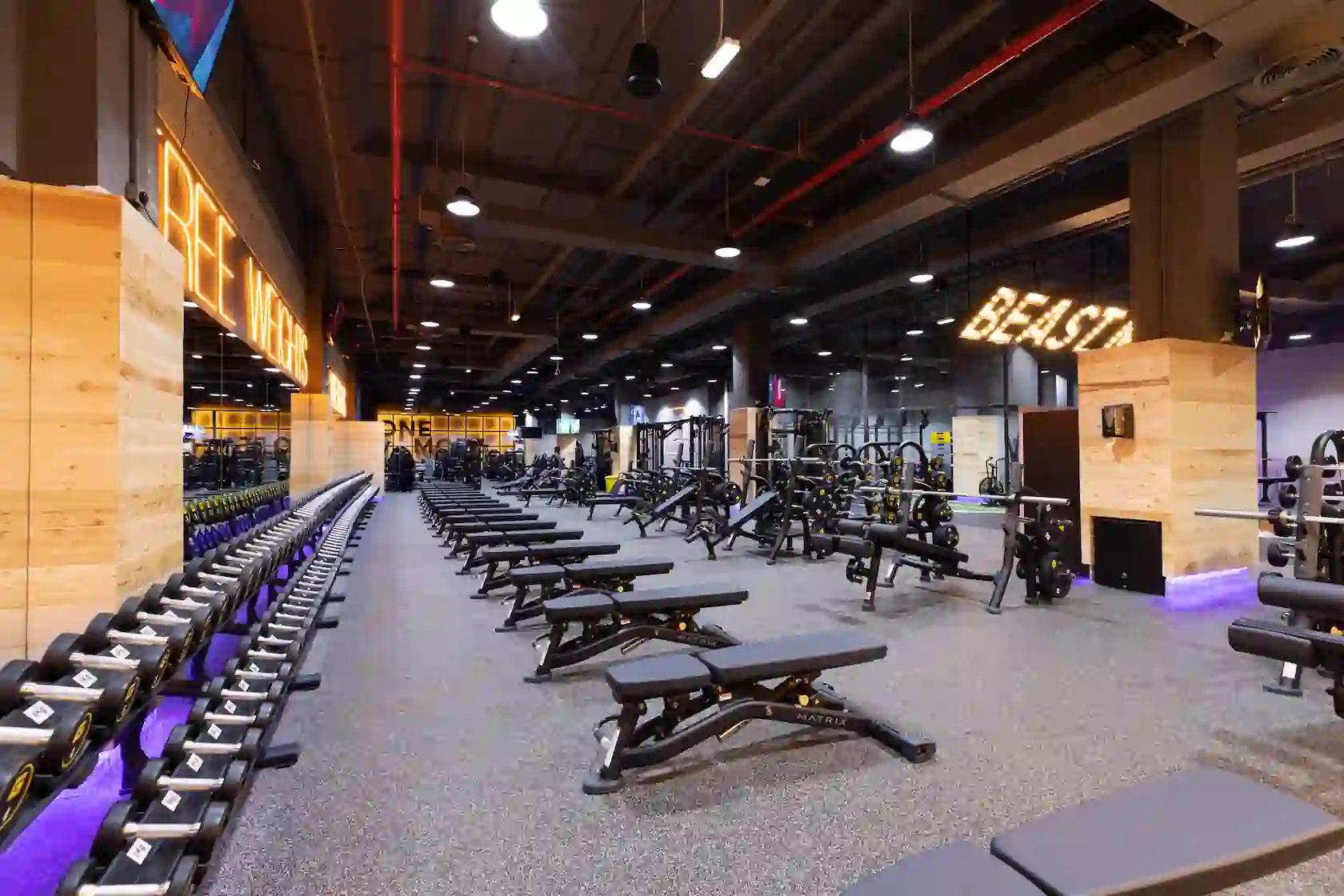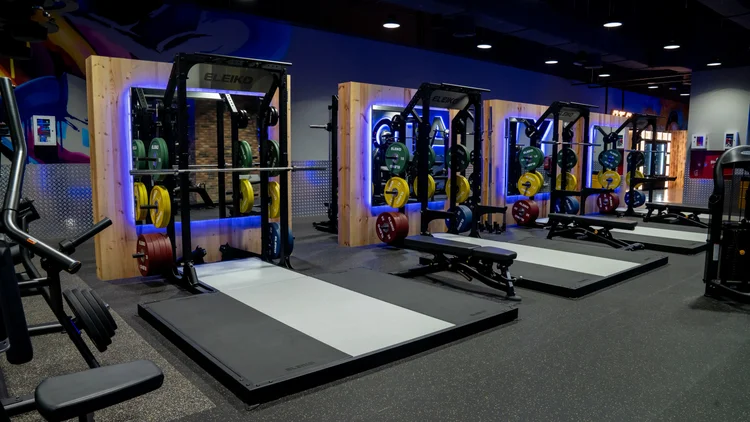The Problem with the Presidential Fitness Test

SIGN UP FOR YOUR FREE DAY PASS TODAY!
For many, the Presidential Fitness Test brings back memories of failure and humiliation on a high school track.
The experience often involved being singled out, receiving a poor grade with no supportive feedback, and developing a lasting negative association with exercise.
Now, this controversial test is making a comeback, raising questions about how we measure fitness in schools.
BREATHING YOGA CLASSES AT GYMNATION
A Test Rooted in Cold War Fears
The Presidential Fitness Test wasn't designed with modern health goals in mind. President Eisenhower established it in 1956 amid Cold War anxieties about military readiness.
The original version even included a softball throw meant to simulate tossing a grenade.
By 2012, the Obama administration phased out the test, replacing it with a program focused on health rather than pure athleticism.
However, the Trump administration later reinstated the test, citing public health and national security concerns. This revival ignores the fundamental flaws that have been criticized for decades.
Three Key Problems with the Test
- It's Unscientific: The test is modeled on military benchmarks, not child development or health science. Research shows that fitness scores are influenced by many factors, including body type, motivation, and even the conditions on test day. It also presents a narrow view of fitness; a marathon runner might struggle with pull-ups, but they are still incredibly fit.
- It Doesn't Promote a Healthy Lifestyle: Despite its intent, there's no evidence that fitness testing motivates young people to be more active. In fact, studies show the best predictor of an active lifestyle is a positive attitude toward exercise. Labeling children as "fit" or "unfit" based on a single test can do more harm than good.
- It Damages Self-Esteem: Negative experiences in PE, like the embarrassment from fitness testing, are linked to being sedentary in adulthood. Many adults recall the humiliation of these tests, which made them feel physically incapable for years.
 Poll
PollWhat's your go-to workout time?
A Better Way to Approach Fitness
Instead of relying on outdated tests, we can adopt a more supportive and effective approach to physical education.
- Evaluate Effort and Improvement: Schools should focus on personal progress rather than arbitrary national standards. A student who cuts 30 seconds off their mile time or does five more sit-ups than before has made a meaningful achievement. This approach values effort over innate ability and accounts for differences in body type, baseline fitness, and health conditions.
- Support PE Teachers: Many teachers are asked to administer these tests without proper training or resources. They need standardized guidance and tools to implement curricula that foster lifelong fitness, not just a one-day evaluation.
- Provide Comprehensive Support: If a student struggles with a test, the response shouldn't be a failing grade. Just as in academic subjects, students who need help should receive individualized guidance and multiple opportunities to show improvement. Schools can encourage a variety of activities so students can discover forms of exercise they genuinely enjoy.
VINYASA YOGA CLASSES AT GYMNATION
Declining physical fitness is a real issue, but humiliating children isn't the solution.
By focusing on personal growth, positive experiences, and proper support, we can help students build a healthy and happy relationship with fitness that lasts a lifetime.
Source: fordhaminstitute
The opinions shared in the GymNation blog articles are solely those of the respective authors and may not represent the perspectives of GymNation or any member of the GymNation team.
Frequently Asked Questions
Why was the presidential physical fitness test discontinued?
GET YOUR FREE TRIAL TODAY
































































































